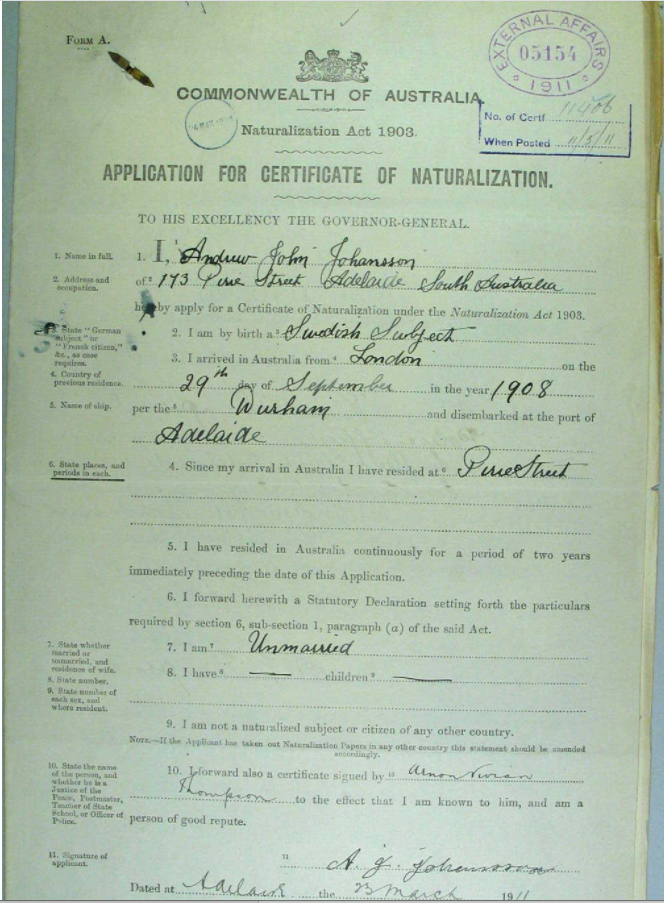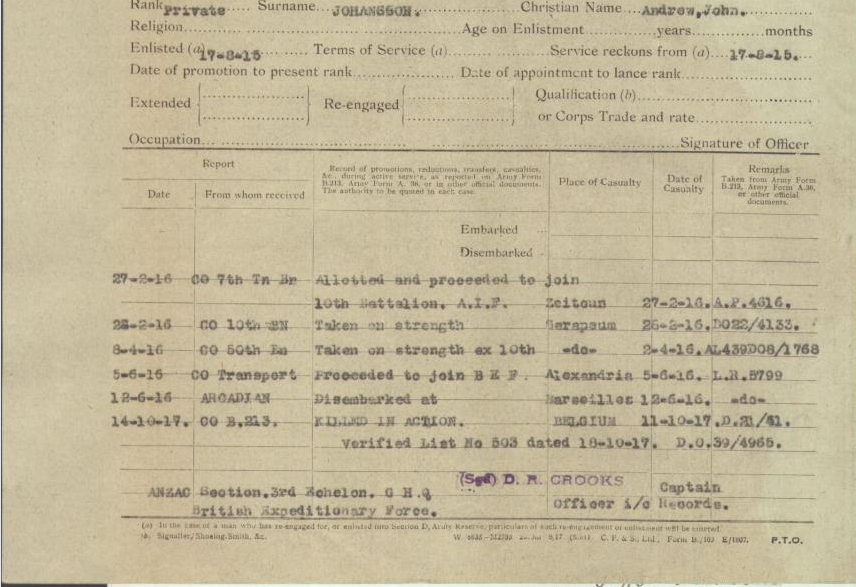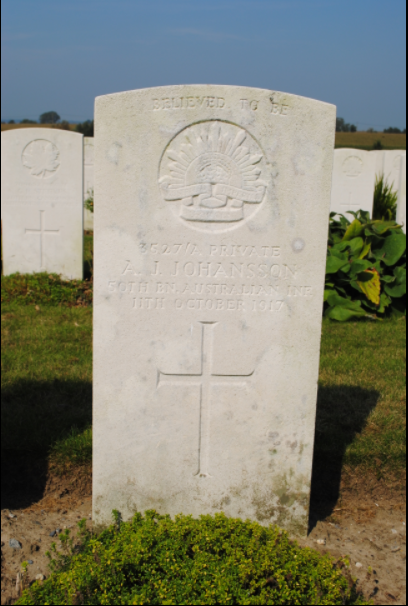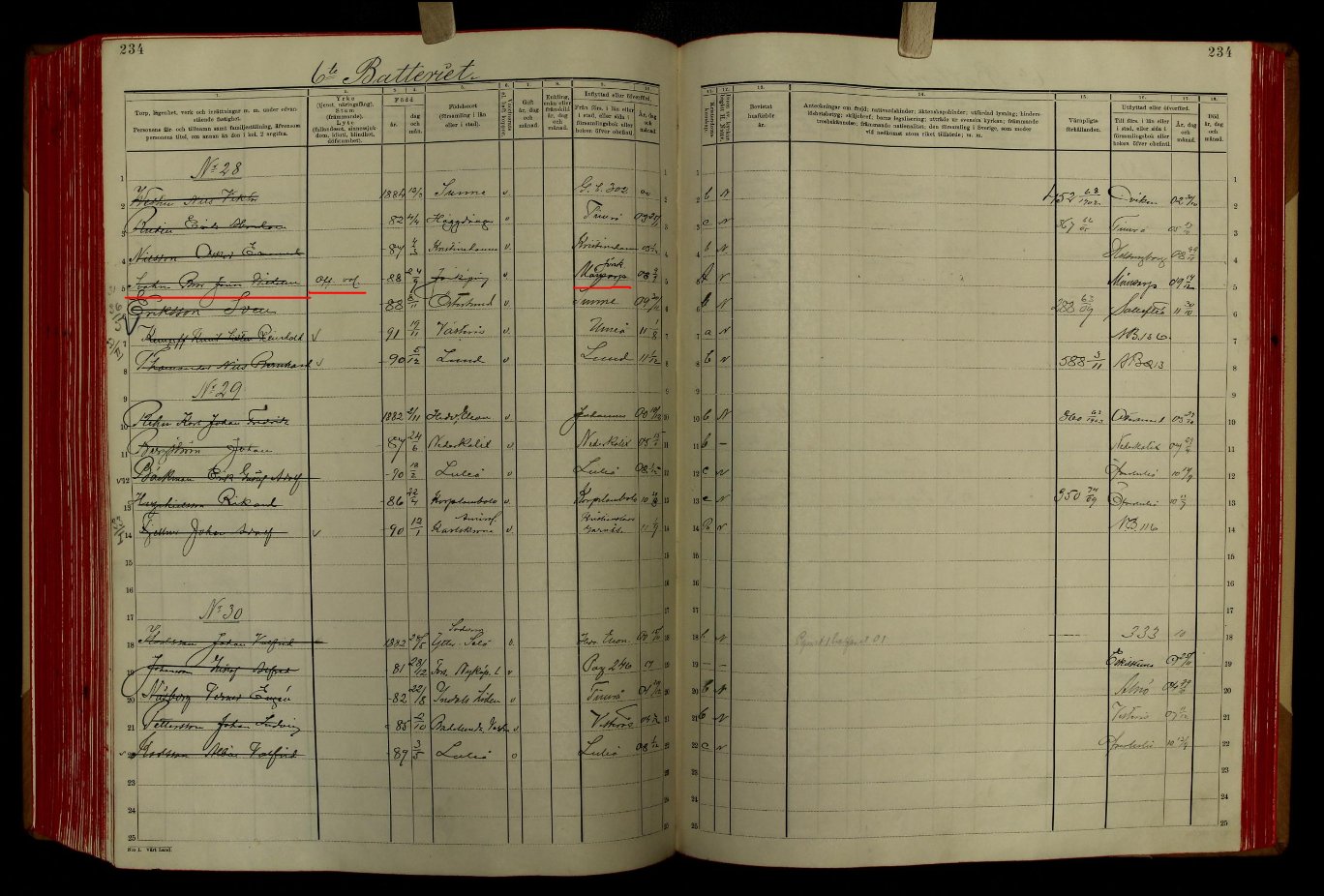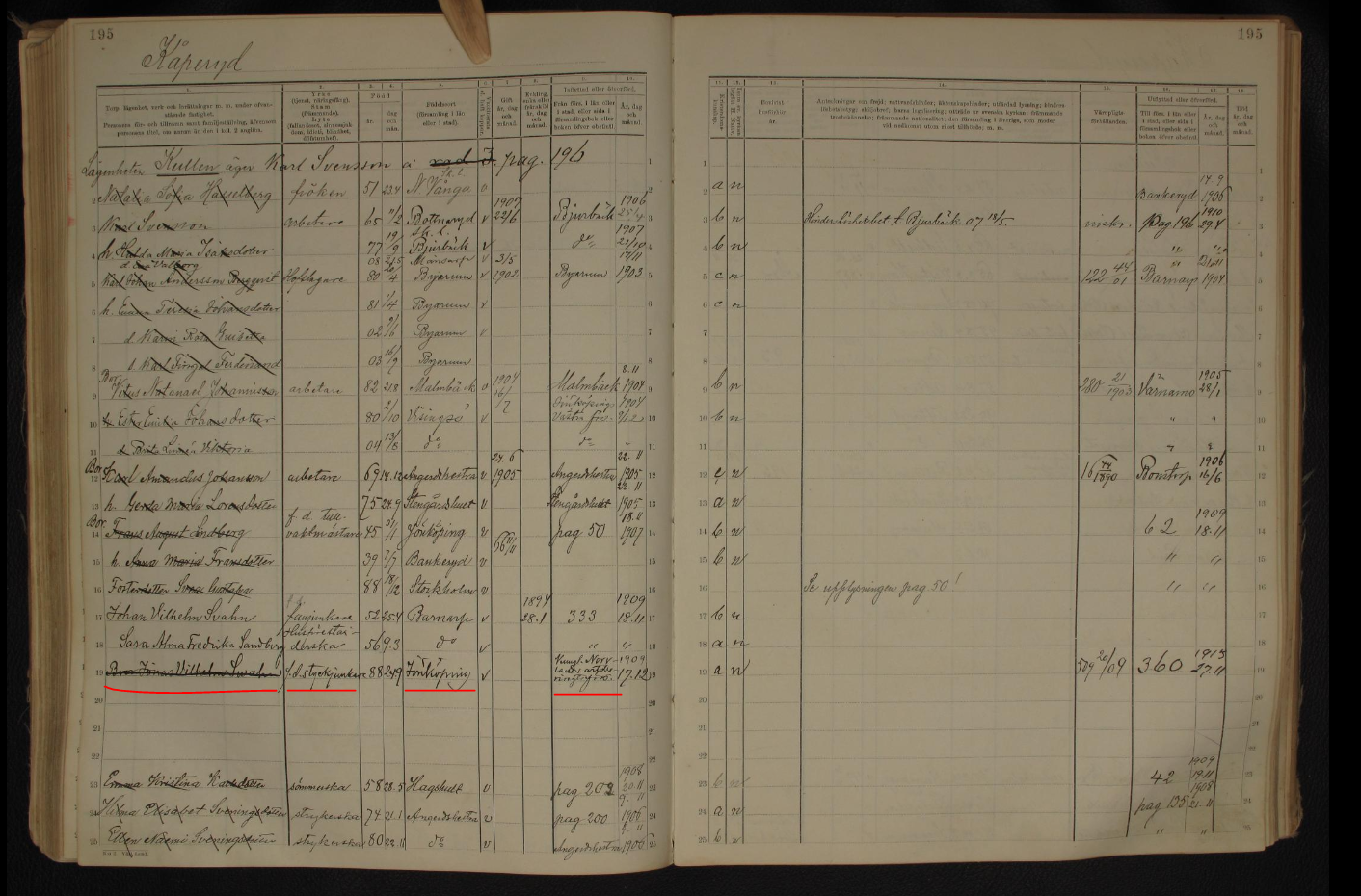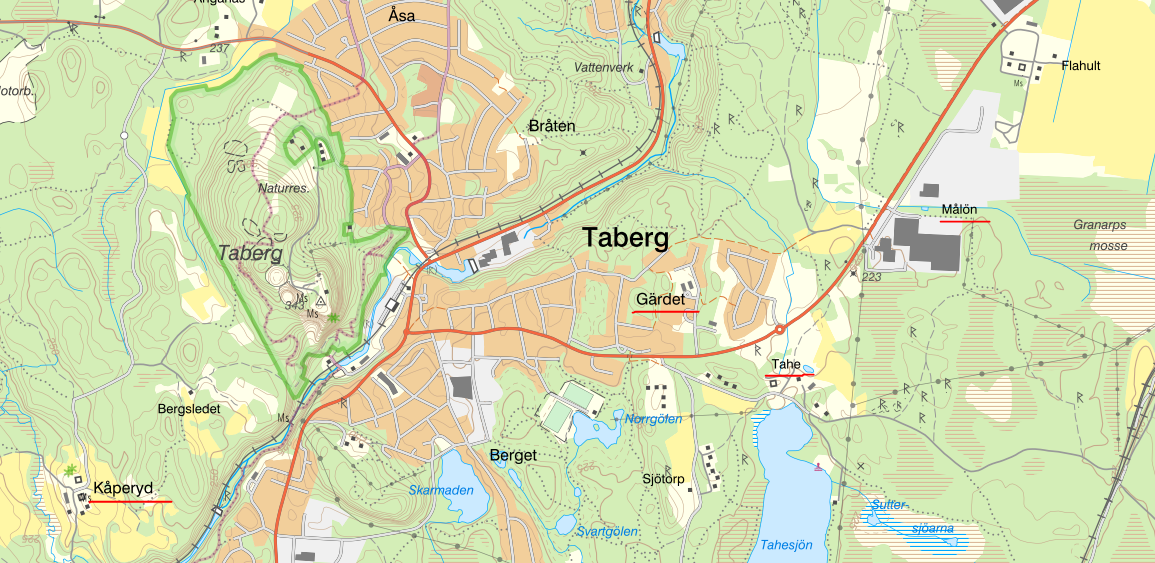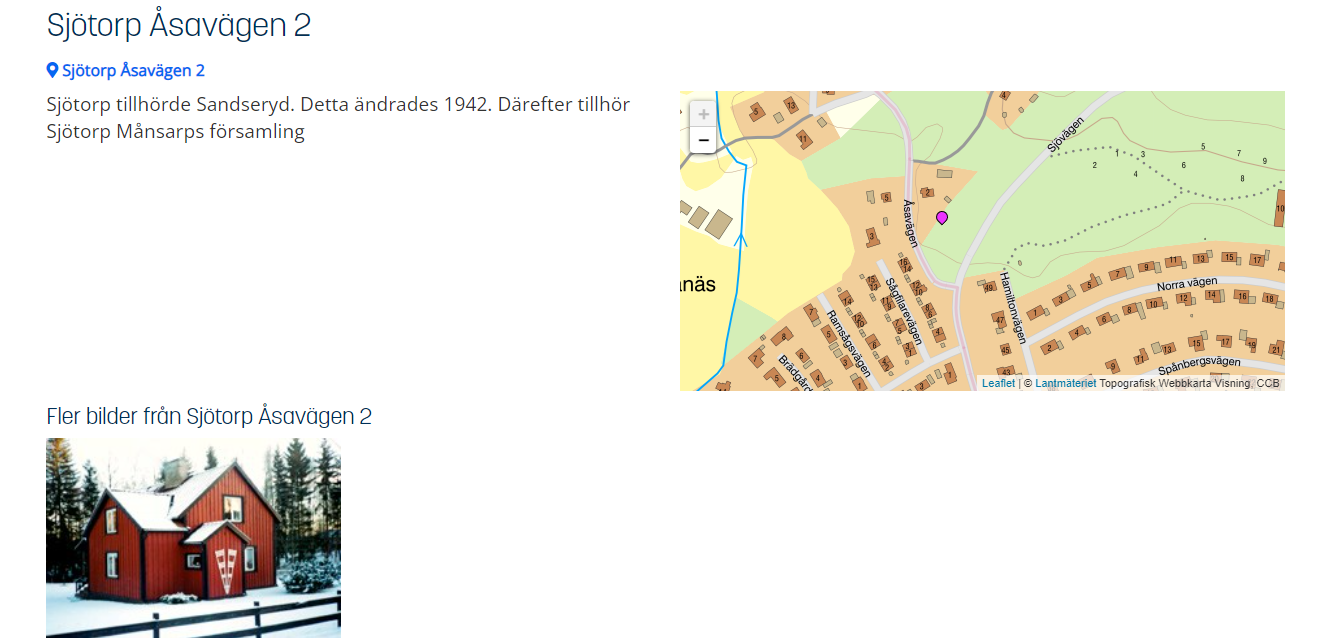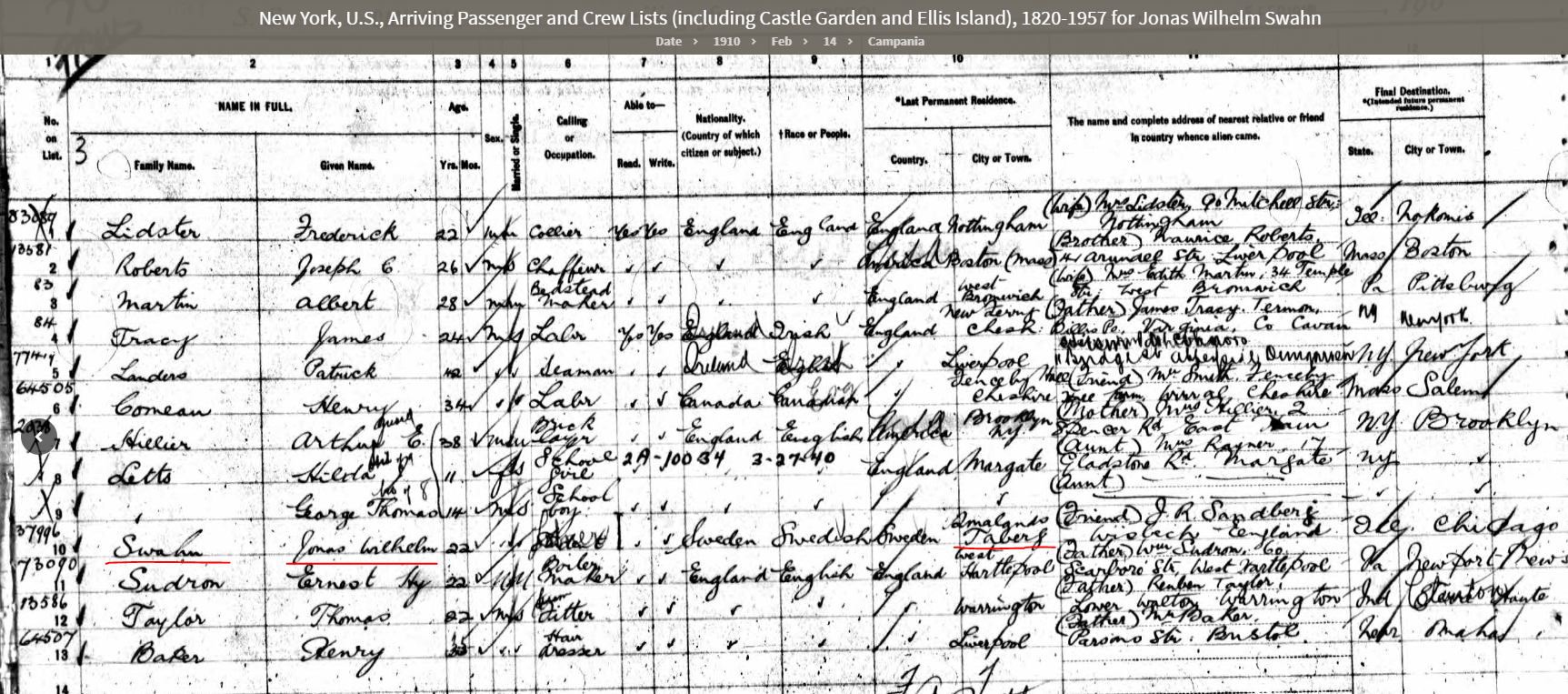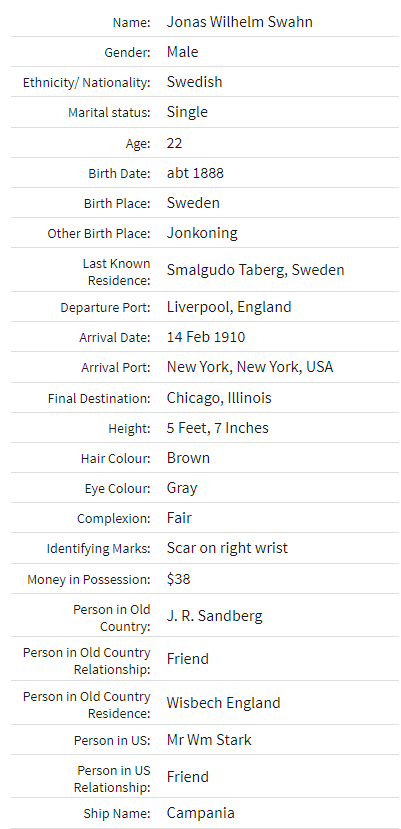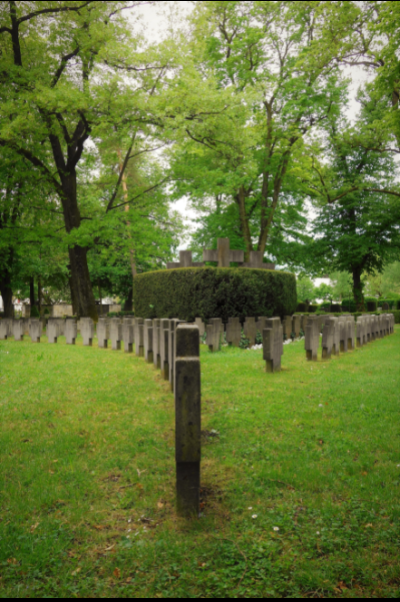I have now found quite many individuals in my research, who are within my criterias for my project, as you can read more about through the main menu at my front page.
So far I have found 412 Swedish born soldiers who all fell and are buried at the Western Front in Belgium and France.
Through the time I almost have learned to know them, in my hunt for facts about their life and faith, before the made their ulimate sacrifice in the Great War. I will now start to make portraits about as many individuals that I can, which later on will be the base of the material in my book that I am planning to write.
A guidebook, for those who want to walk in the footsteps of those Swedes, and see the areas, know the fights and battles they participated and fell in, and it will be really nice to compile all the info that I have, and probably find new facts, not discovered before.
I realize the magnitude of the work, but at the same time, I feel that I owe them to do this. I will be the one who will bring their history into the light, especially for the Swedes in Sweden today, who I think should learn this, the history of our ancestries, what they actually did, when we said that “Sweden did not participate in the World Wars …”
As a country we did not, but the sons of our country did, for their new countries, or the countries they supported, voluntarily.
I will here give you an example of some facts that maybe will be in the portraits of the individuals, a letter from a father who is longing for his son, who died many years before the letter was written …
The letter is found below. The translation into english is found under the letter.
From right to left:
Svineviken, April 28, 1920
Dear Andrew (Anders)
I so hoped would be my son, who from I haven´t heard anything since the War ended, I beg you to write a couple of lines to me so I can hear that you are alive. I am alive and having the health but me and Klara are separated now because it was very hard to manage the hard times during the War, which were present for so long. I have worked in the Feldspar Mine for a year. I now end the letter with a dear greeting to you, good bye for now. My address is August Johansson …
PS. After a lot of trouble, has August Johansson through the Ministry of foreign affair found the address, which August use to write to Andrew (Anders) – August is now working at the Feldspar Mine in Brattås in Svineviken. Andrew has to remember now, to write to his father to make him happy.
Svineviken, May 10th, 1920.
S Martinsson.
Imagine to write to your son around 2,5 years after his death, dont knowing if he is alive or not.
Andrew John Johansson (Anders Johan Johansson), Johansson from his father Johan August Olsson, even if he says August Johansson in the letter. Andrew was born in Tegneby, close to the city of Gothenburg, quite close to Svineviken mentioned in the letter, October 23, 1979.
Andrew became a sailor, and there is not any date stated when he left for Australia, but he made his Statutory Declaration in Adelaide, March 1911, and he arrived to Australia from London in 1908. Probably he left Sweden around that year as well.
Andrew joined the British Expeditionary Force (BEF) in Alexandria in June 1916, and proceeded to France. Andrew fought for the 50th Infantry battalion in the Third battle of Ypres and fell October 11, 1917. Andrew is buried in Passchendaele New British Cemetery in Belgium.
For some reason I have missed to take a photo of his headstone when I was in the area, but I will do it next time when in Belgium. May Andrew rest in peace.


